Dear Reader:
The text excerpted here was posted with permission of W.W. Norton, but that permission has since expired and the text has been taken down.
Read a Harvard Magazine profile of E.O. Wilson here.
Thank you for visiting.
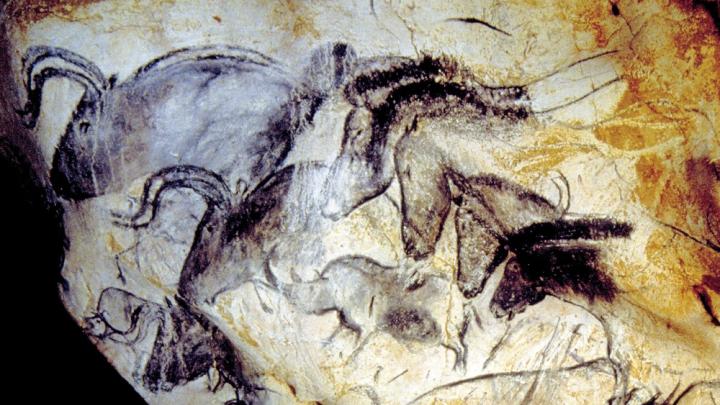
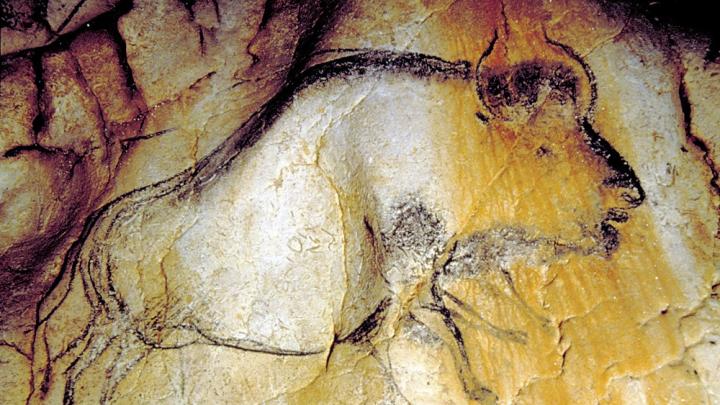
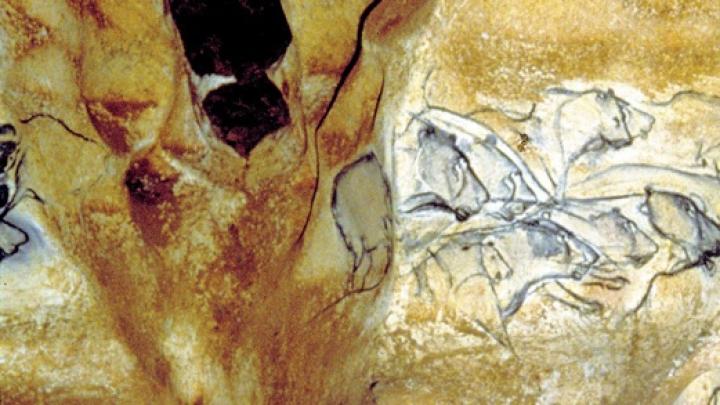
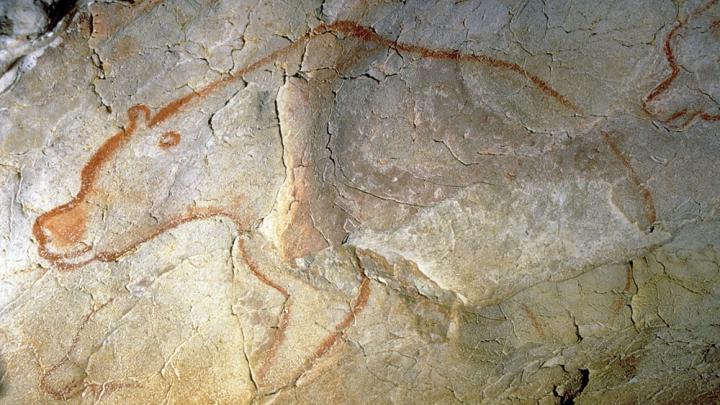
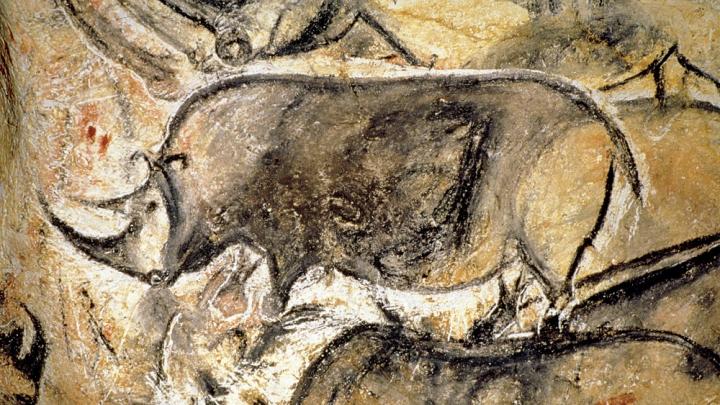
Dear Reader:
The text excerpted here was posted with permission of W.W. Norton, but that permission has since expired and the text has been taken down.
Read a Harvard Magazine profile of E.O. Wilson here.
Thank you for visiting.
Protesters set up camp in Harvard Yard.
Harvard symposium assesses the new technology.
Harvard symposium probes antisemitic, Islamophobic sentiments
A new Harvard course on artificial intelligence teaches students how to use the tool responsibly.
Homes of the poet and abolitionist, whose verses were said to have inspired Abraham Lincoln.